Hullo all!
Attached are a few images of a 1930s Goodyear-Zeppelin proposal for a large passenger airship based on the ZRS scout airship. All items are held in the collection of the University of Akron Archives, from which permission to post has been obtained.
If there's any interest, I have a few thousand images and documents covering a wide range of unbuilt airships, from a myriad of American passenger and military designs (including the ZRCV, etc.) to the Zeppelins that would've followed the Hindenburg and LZ-130 into production had World War II not intervened. Lemme know!
Additionally, the original images are *very* large, hence the screenshots. If anyone needs a zoomed-in shot, etc., just drop me a comment.

General overview.

Layouts for passenger decks.

Layout of observation and control gondola.

View of passenger bay and main rings.

Propellor dimensions and clearances.

Schematic of engine room and propellor shaft.

Layout of keel.
Attached are a few images of a 1930s Goodyear-Zeppelin proposal for a large passenger airship based on the ZRS scout airship. All items are held in the collection of the University of Akron Archives, from which permission to post has been obtained.
If there's any interest, I have a few thousand images and documents covering a wide range of unbuilt airships, from a myriad of American passenger and military designs (including the ZRCV, etc.) to the Zeppelins that would've followed the Hindenburg and LZ-130 into production had World War II not intervened. Lemme know!
Additionally, the original images are *very* large, hence the screenshots. If anyone needs a zoomed-in shot, etc., just drop me a comment.
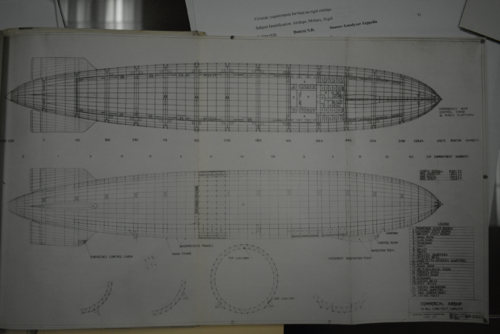
General overview.
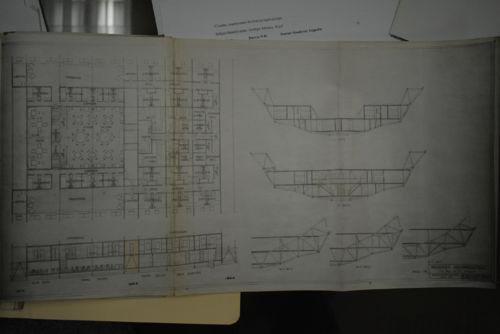
Layouts for passenger decks.
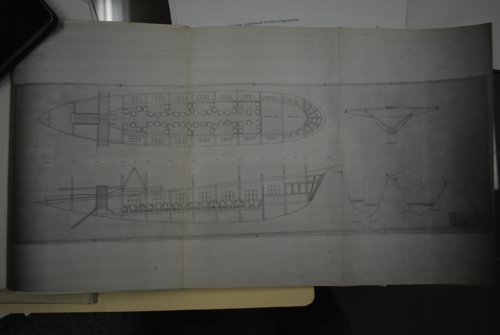
Layout of observation and control gondola.
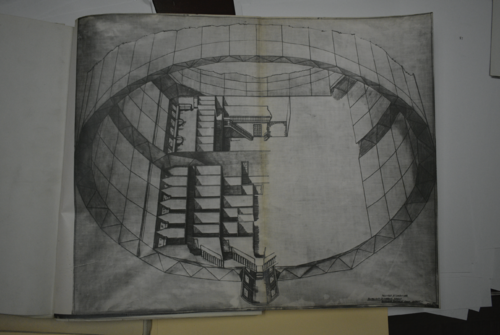
View of passenger bay and main rings.
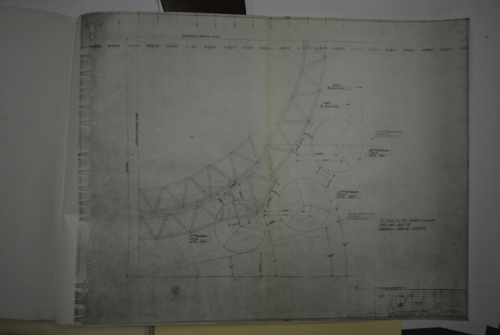
Propellor dimensions and clearances.
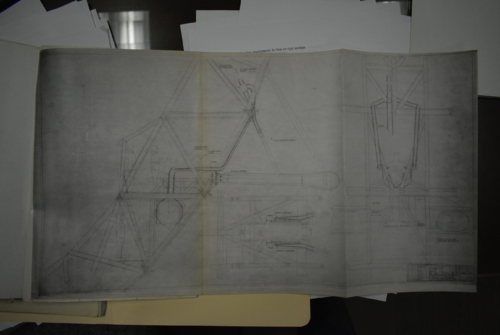
Schematic of engine room and propellor shaft.
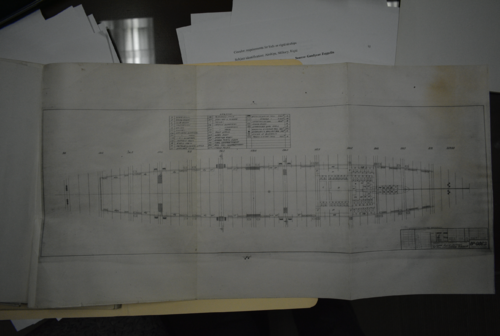
Layout of keel.
